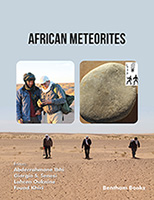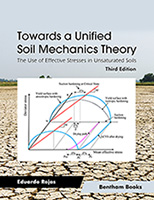Foreword
Research about polyaromatic hydrocarbons (PAHs) as environmental stressors is a long term topic with multiple aspects. Its importance implies that we will not see any final papers within the area for a long time. As the research unfolds, both extensive global reviews and more limited reviews addressing recent or expected advances are needed. As new investigative methods emerge it is useful to sum up recent findings and the possible directions being opened to us. This is the purpose of this book.
The analysts now refer to the oil fingerprinting field as “petroleomics”, indicating how the field is advancing based on more powerful tools. The analytical advances are not only regarding the parent PAH compounds, but also the metabolized PAHs, known for their high hazardousness. High resolution mass spectrometry will probably soon lead to the detection of a wider range of metabolized and oxidised PAHs too, which will need follow up in different directions.
The analysts ability to synthesize reference PAH metabolites is one of them, and new research challenges will be posed regarding their potential environmental effects. Other logical following steps are revisits of the PAH compounds bioavailability, biodegradability and carcinogenicity. This is the reason these themes are taken up in this book, accompanied by other advances within each of their respective topics. Finally, suggestions are given to how the advances will open for new monitoring methods and strategies leading to one of our important goals: an improved control of a challenged marine environment for which there is an increasingly growing concern.
May this book be an important drop in the ocean that diminishes the PAH part of that concern and help fellow researchers and ourselves to be on top of this complex issue!
Steinar Sanni
International Research Institute of Stavanger
University of Stavanger
Norway





